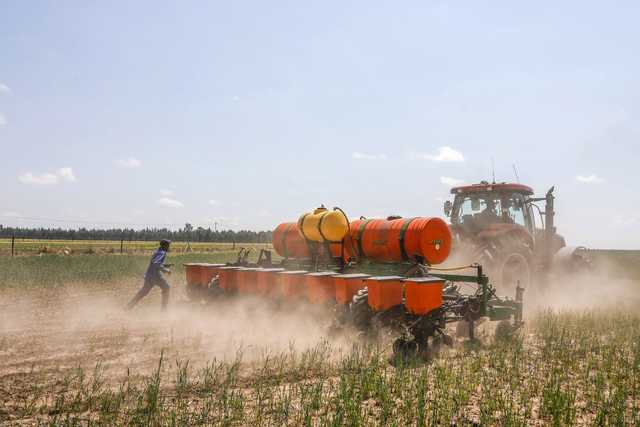Water management and technology can stave off worst effects of climate change

Climate change, which is expressed in terms of drought, floods, and changing rainfall patterns and increased variability, is expected to hit sub-Saharan Africa most.
Africa experienced a 30 per cent increase in the frequency and duration of drought events since the year 2000. In 2019, the climate crisis affected more than 33 million people across east and southern African countries in food insecurity as a result of floods, landslides, drought, and cyclones.
Africa is vulnerable because the economies of its states are largely based on weather-sensitive crop-livestock systems, and also due to the low adaptation capacity of communities to threats of climate change. The adaptation is strongly linked to access and use of improved technologies and practices to develop resilient systems.
The experience of AGRA (Alliance for a Green Revolution in Africa), which has been spearheading agricultural transformation in Africa, shows that improving productivity, profitability, and adaptation to climate change could be concomitantly achieved by investments in a number of areas.
About 70 per cent of the land in sub-Saharan Africa (SSA) falls within arid or semi-arid farming systems, but only about 5 per cent has access to irrigation using water from rivers, streams, ground water, or rainwater harvesting. Only about 7 per cent of the arable land is irrigated in SSA against 40 per cent in Asia. Rainwater management could be practised anywhere in the continent by capturing, storing, and efficiently utilising rainwater from roofs and runoff.







